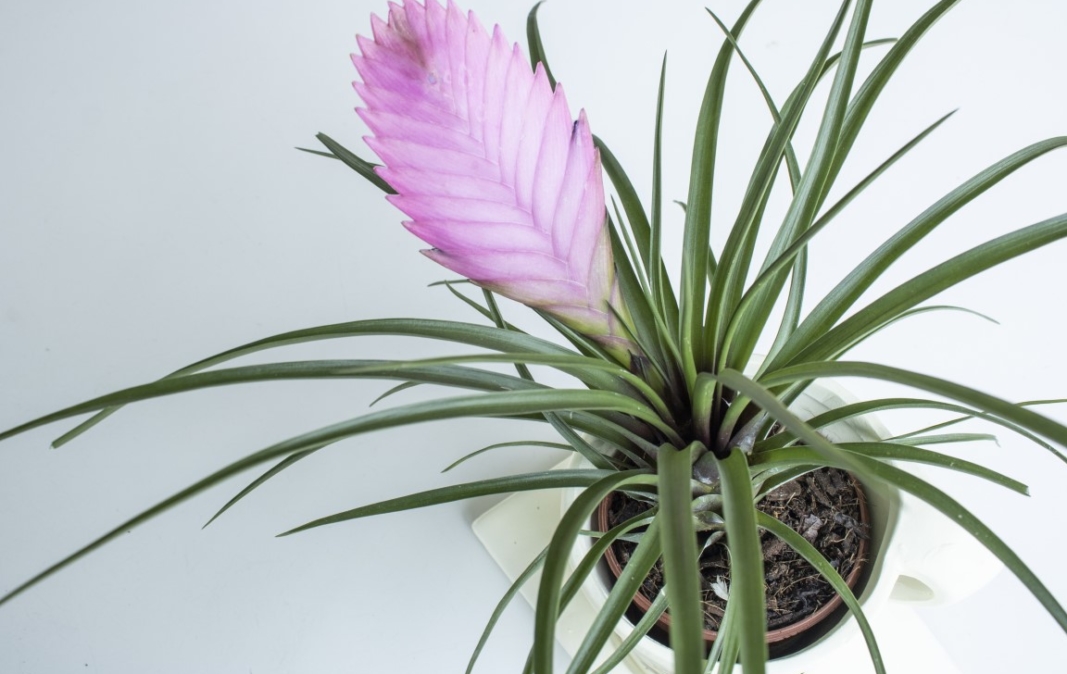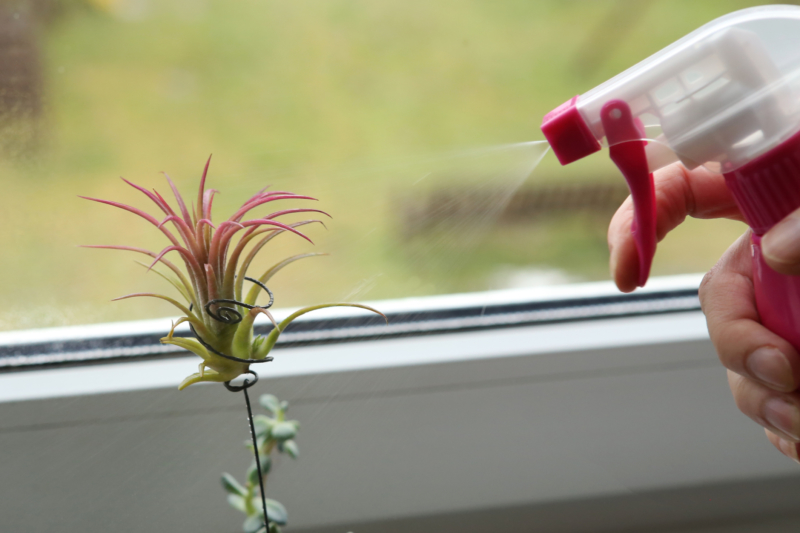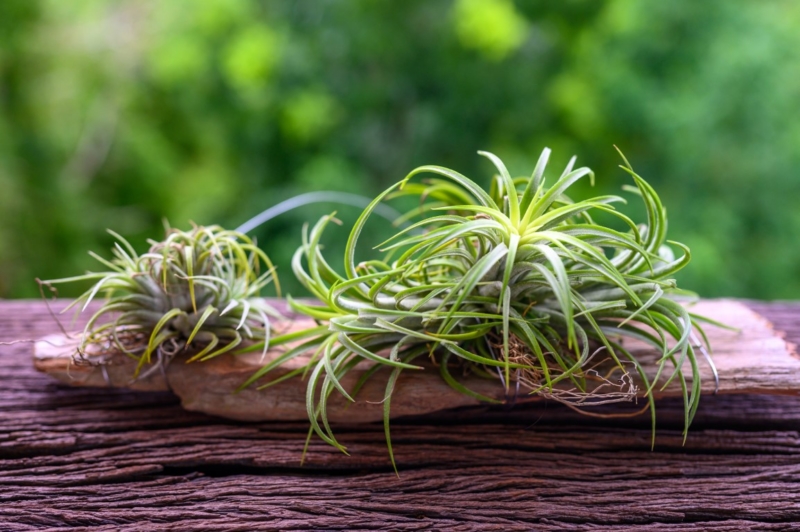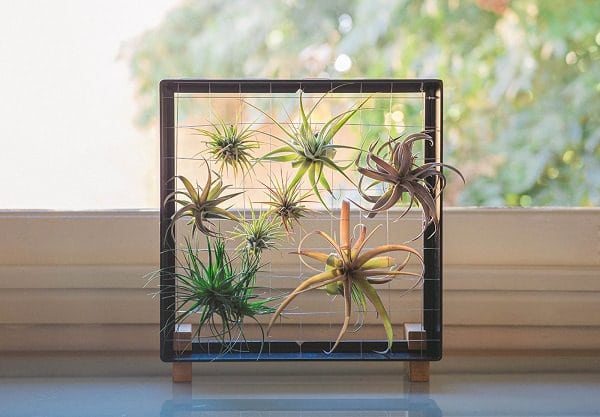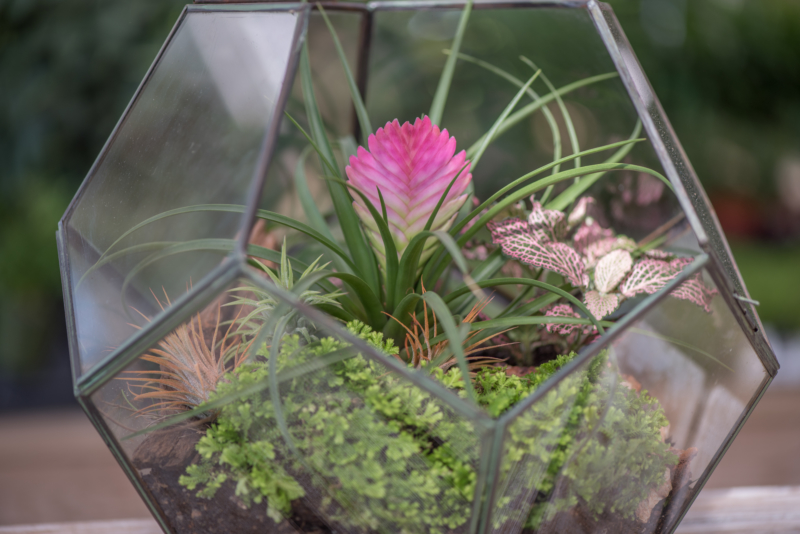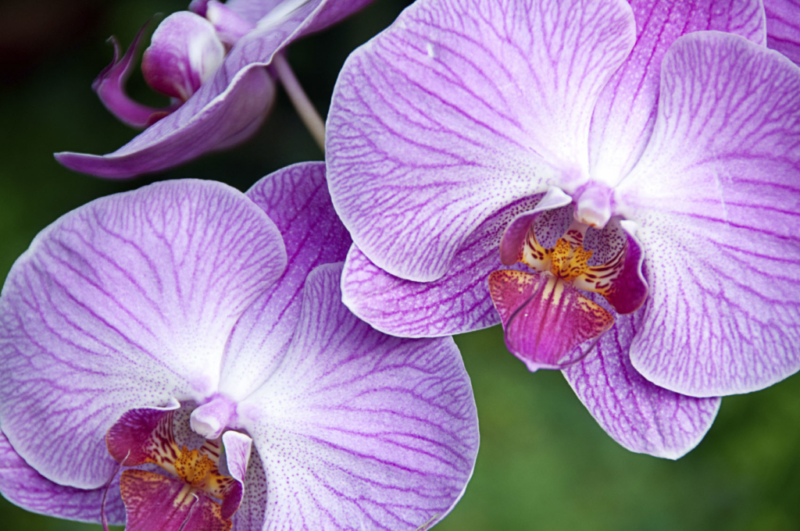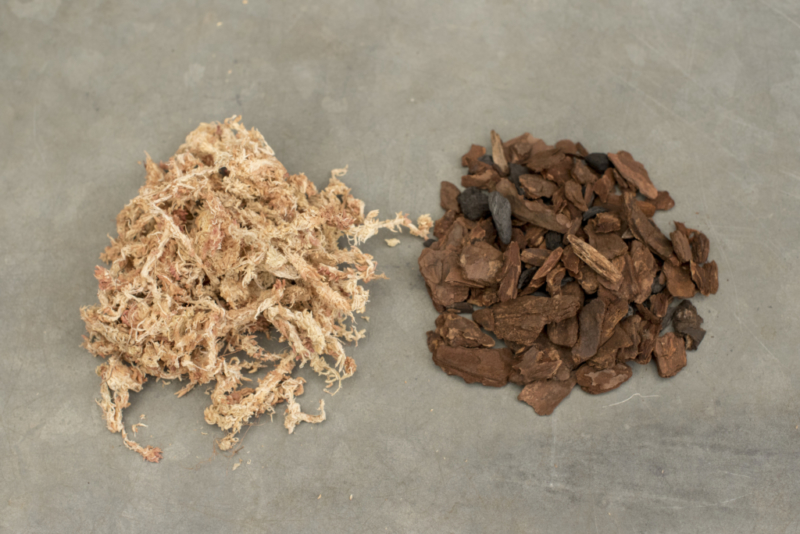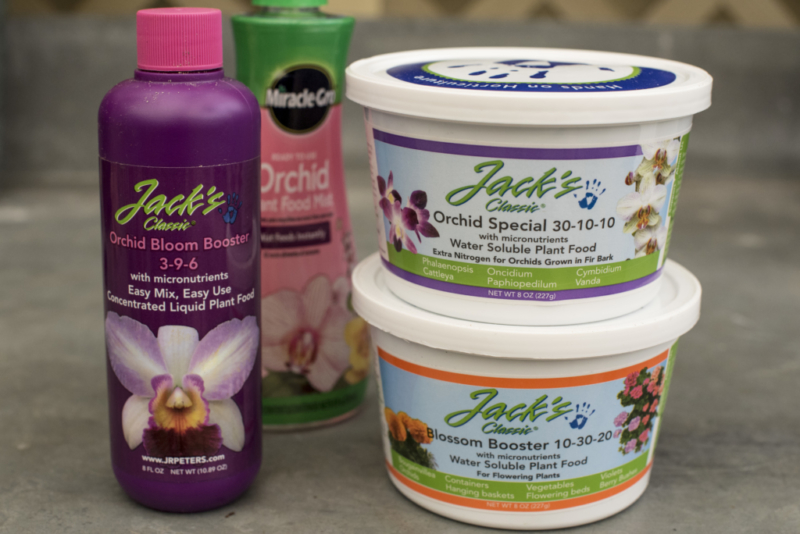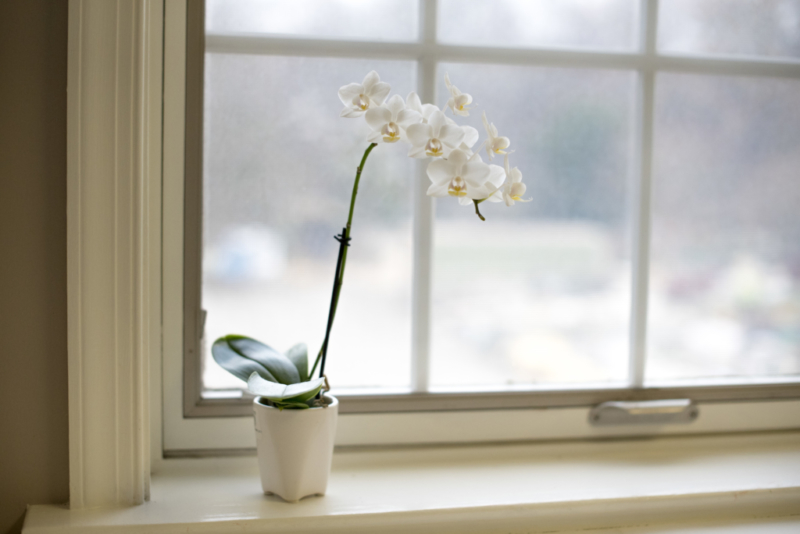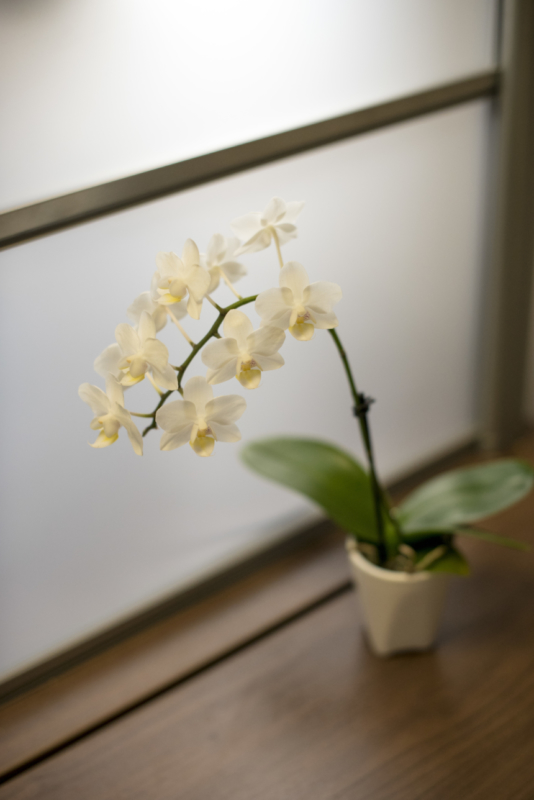Air Plant Guide
Tillandsia, often known as air plants, are a popular variety of houseplant that originates in Central and South America as well as some parts of the Southeastern United States. They are called air plants for good reason – they do not need roots. Instead, air plants absorb water and nutrients through their leaves from the surrounding air. This makes them incredibly popular, as they can be used in all variety of décor. Hang them from the ceiling, attach them to a wall, or set them on a table, and they will do just fine wherever you place them without soil – provided you meet a few conditions.
Before reading on – note that the lifespan of most tillandsia is several years, and they only bloom once in their lifecycle. 1-2 months after blooming, new plants, called pups, form around the original. These will bloom eventually, so with a bit of care, you can keep your plants going for years.
Light Requirements
When thinking about the environmental conditions needed by houseplants, it is always helpful to consider their natural environment. Air plants often grow on trees or in moist areas with partial shade. In these conditions, they receive bright, indirect light. This means that indoors they do best in high light environments. Rooms with southern or eastern facing windows are best.
If you lack a southern or eastern facing window, others will also work, you just need to keep a few things in mind. If your plant is in a western facing window, beware of frying your air plant in the intense afternoon sun. North-facing windows get less light, so place the plant close to the window.
Watering
In general, you can plan to water tillandsia 1-2 times a week. However, you will need to take the environmental conditions into account and adjust accordingly. Before watering, think about the answers to these questions:
- How much light will my air plant get, and at what time of day?
- What is the temperature in the space where my air plant is located?
- How humid is the space?
Air plants that get afternoon sun in a western window in your living room will need more frequent watering than air plants in a southern facing window in your bathroom, as the sun is less hot when coming from the south, and mist from the shower provides plenty of humidity for the plant. If the air plant will be dryer space, in an area near a heater for example, it will need watering more frequently.
How to Water an Air Plant
- Bi-weekly under a kitchen or bathroom faucet, run lukewarm water over your tillandsia until thoroughly soaked.
- Then turn upside down and shake off excess water.
- Return your plant to it’s display.
Some notes about watering:
- Be careful with bulbous air plants (they have visible bulbs at the base) if too much water stays at the base of the plant, the plants will rot.
- In between watering, you can lightly mist your air plants to keep them a healthy vibrant green as they soak up water.
- Once or twice a month, you can spray a little bit of Tillandsia fertilizer on your air plants to keep them thriving.
- Be careful not to overwater your air plants. When the base of the plant becomes a brown/black color or the leaves begin to fall out from the center, the plant has rotted.
- Usually if the tips of the leaves turn crispy and brown, the plant isn’t getting enough water. Additionally, when the plant isn’t getting enough water, its naturally concave curved shape will become accentuated.
Get Creative with Air Plant Décor
Air plants grow naturally in trees, so using driftwood as a display piece for your favorite tillandsia is a wonderful way to show them off in a more natural setting.
Since they do not need soil, you can get as creative as you want in designing art with your plants. We love this idea from Balcony Garden Web’s post, “51 Most Amazing Air Plant Display Ideas.
And of course, their is always the classic option to put them in terrariums. You can use them as a feature plant, or add them in as a decorative element with other plants.
Not sure about how to care for your air plant or what you want to get? Call or visit one of our Merrifield locations to speak with a plant specialist to find out what suits your home environment the best!
Created something cool using air plants? We would love to see it! Share with us on Instagram or Facebook and tag @merrifieldgardencenter for a chance to be featured on our page.


